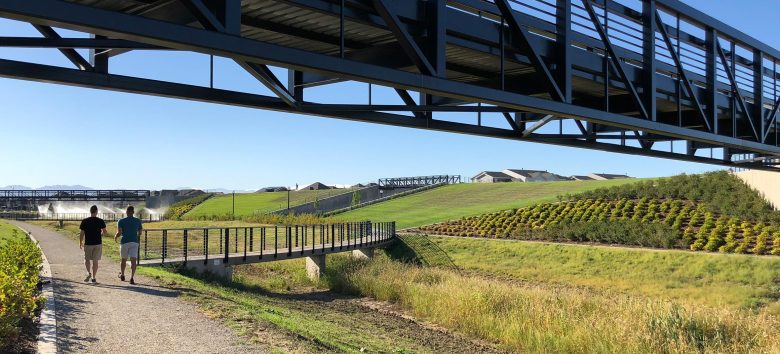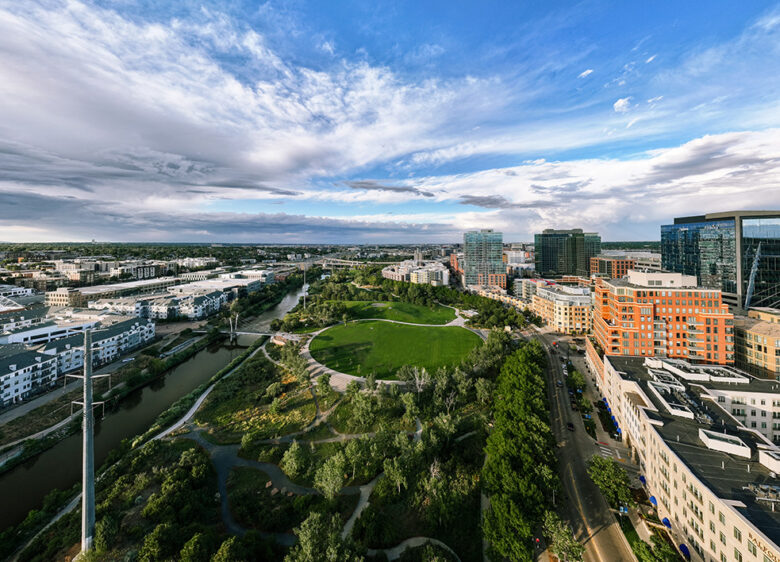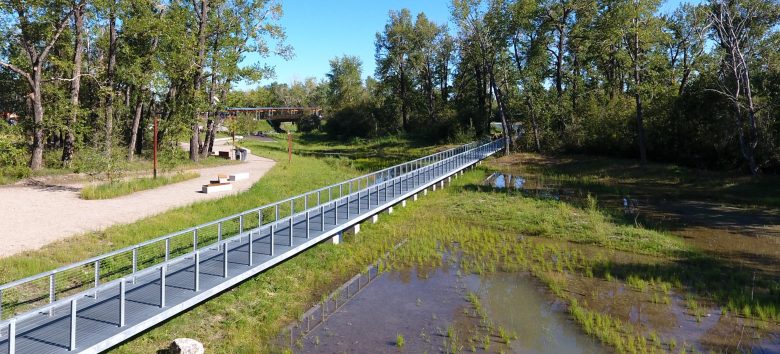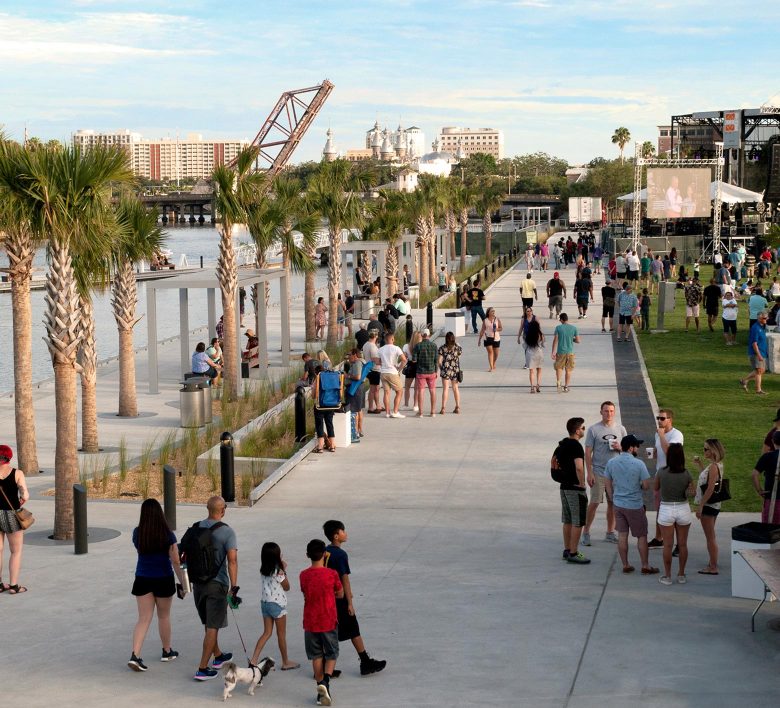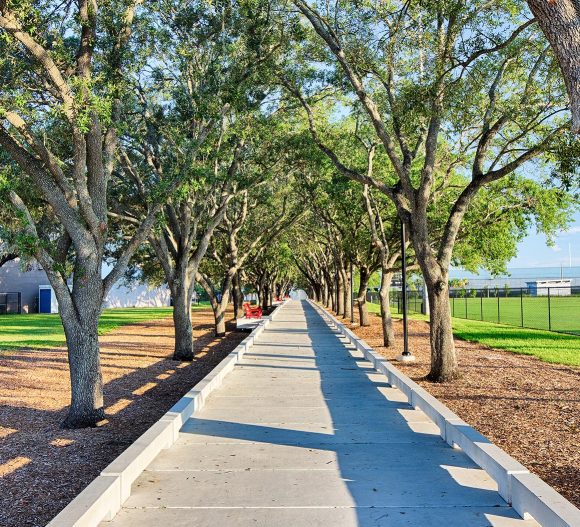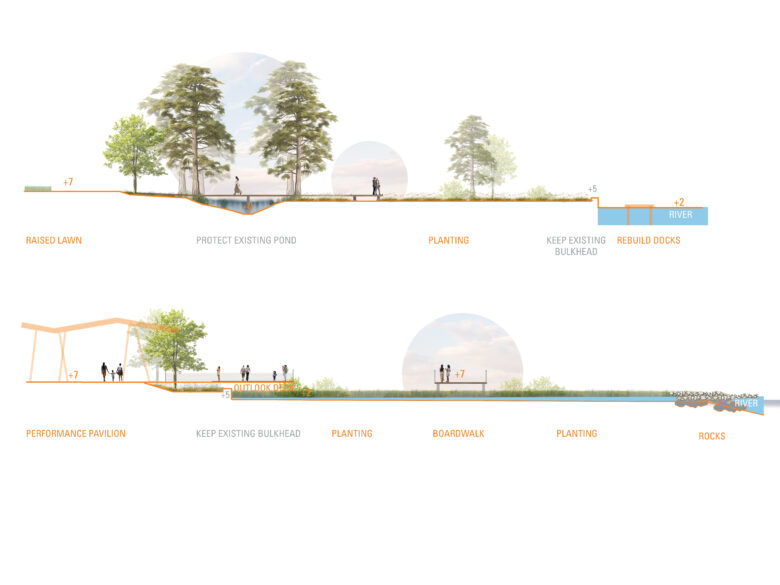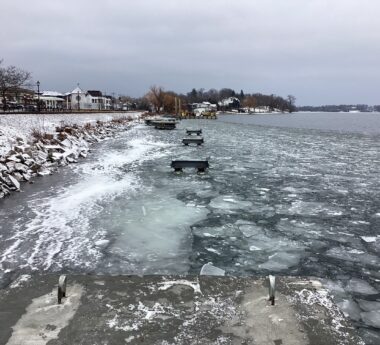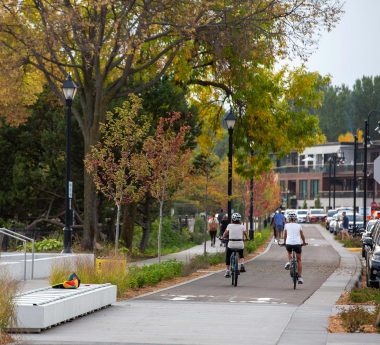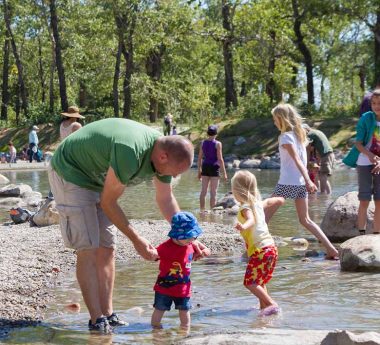Without question, the most common natural disasters are storms and floods. Around the world in 2024, there were 147 storm-related and 142 flood-related disasters—far exceeding mass movements (e.g. mudslides, 32 reported), wildfires (21), extreme temperatures (18), earthquakes (14), and other types of natural disasters.
Storm and flood disasters are devastating, deadly and costly. In the U.S. alone, according to NOAA, the country’s 27 individual weather and climate disasters in 2024 caused at least 568 fatalities and cost over $182 billion.
2025 has already been even worse. The catastrophic flooding in the Texas Hill Country—where rainfall exceeded 20 inches in some areas—caused over 130 deaths and damage in the tens of billions. And that’s just one event, in one region. There have been numerous other storms and floods making headlines this year in New Mexico, North Carolina, Illinois, New Jersey, Louisiana, and elsewhere across the South and Midwest. In July alone, some parts of the U.S. have already received more than double the rainfall compared to the average.
Yes, these are exceptional events. Some might call them “storms of the century” or “once in a lifetime” disasters to underscore their rarity. But the frequency and intensity of storms and floods are increasing as a result of climate change. Warming temperatures super-charge the atmosphere with greater moisture that leads to higher rainfall intensity. So these exceptional events are increasingly becoming unavoidable.
We can’t prevent climate disasters, nor can we eliminate the death and destruction they cause. But we can better prepare and make our cities and communities more resilient. We can help to mitigate the significant risk these natural disasters pose, and help to protect people and places. Here are some ways we can move the needle.
